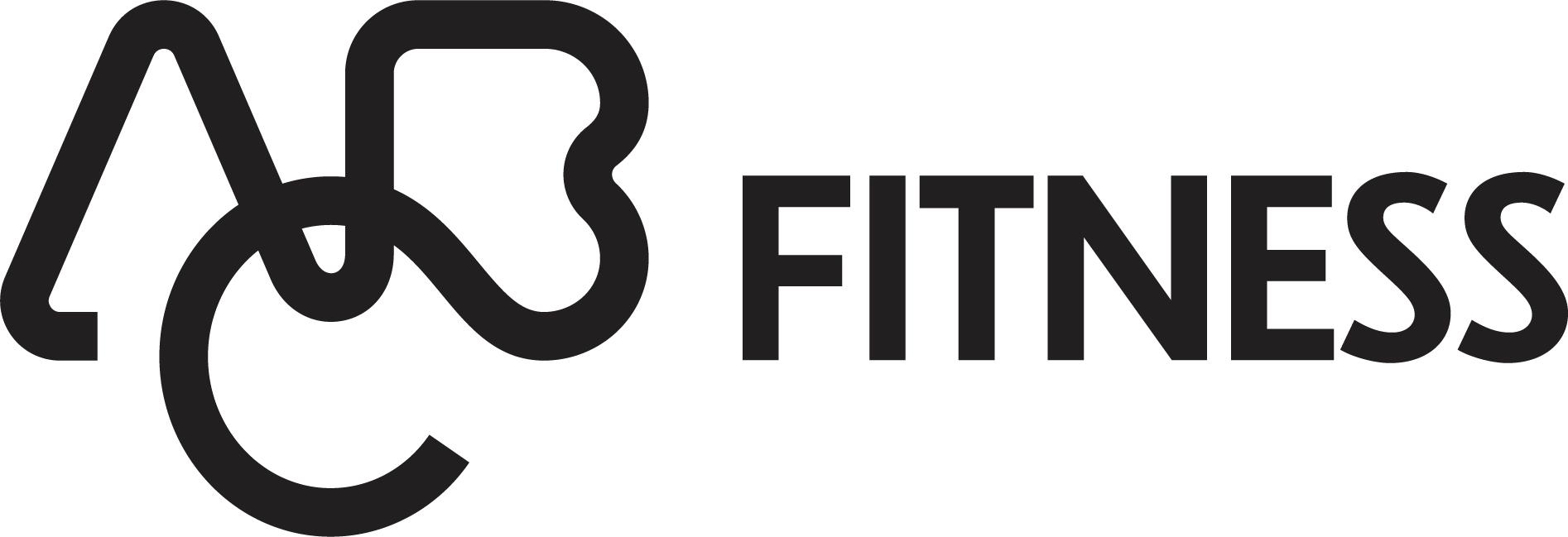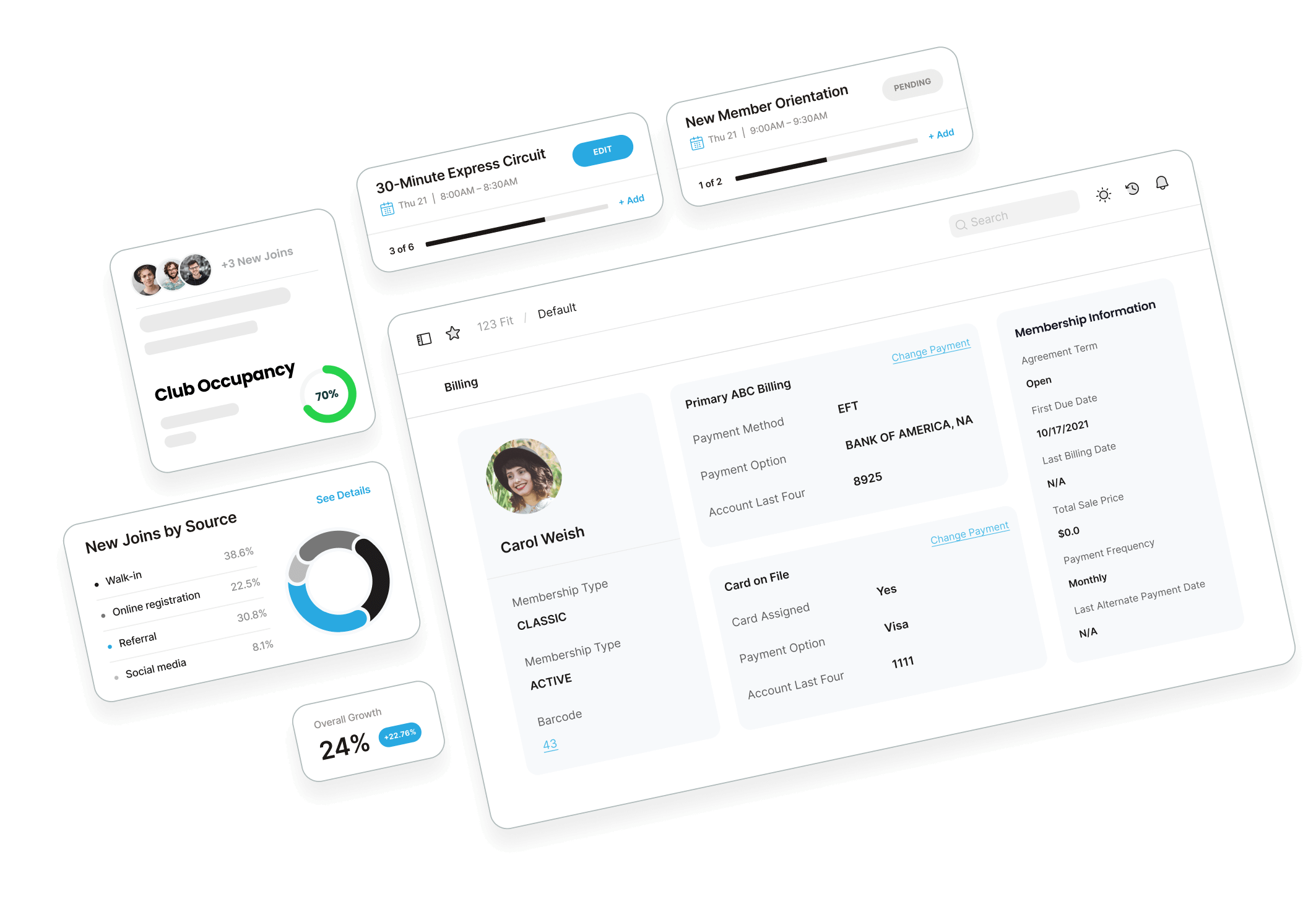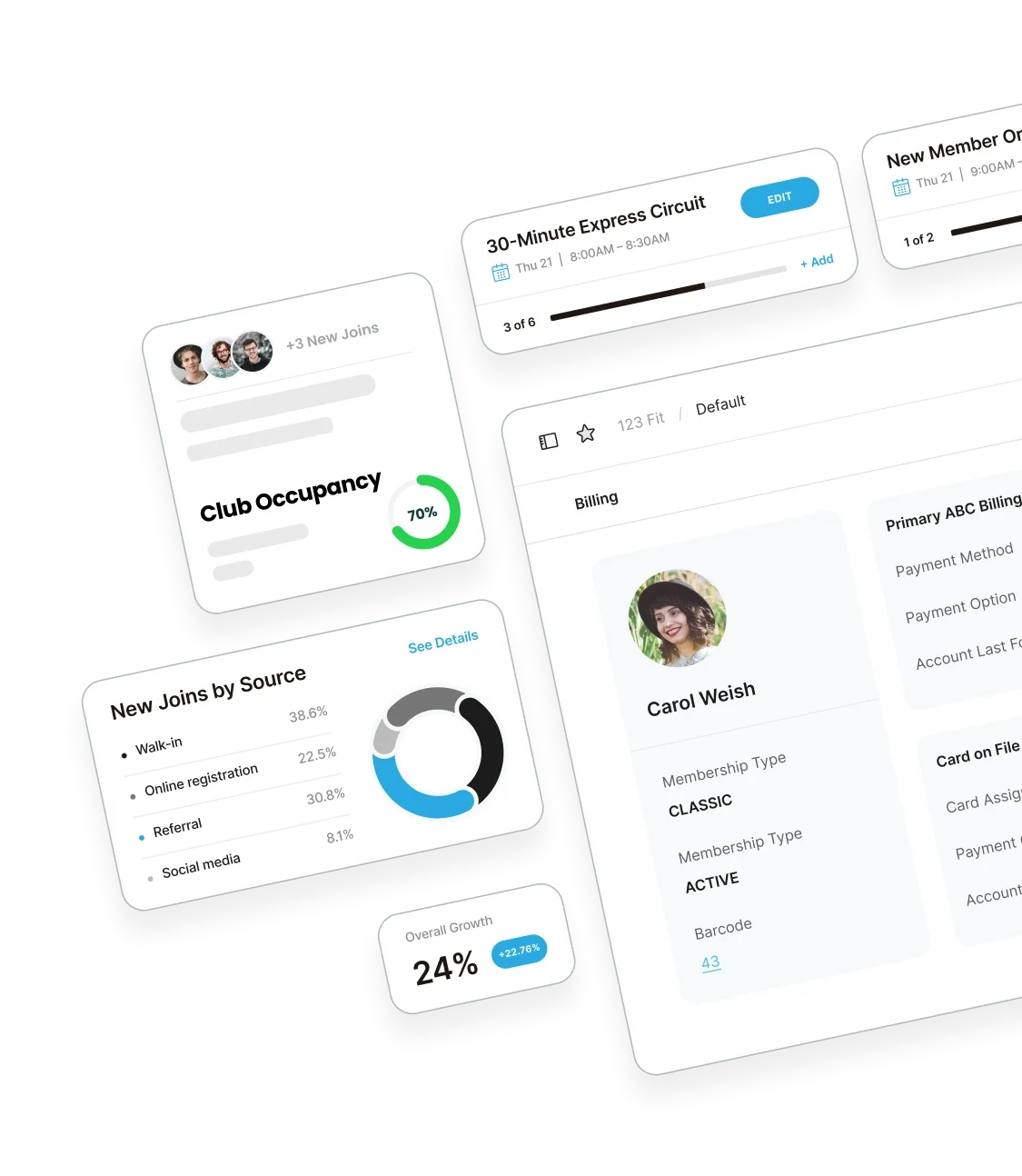Are you taking advantage of the Sports Performance Market in your area?
By: Bill Parisi
Some industry experts have said that the traditional Health Club industry is approaching a mature stage in its current growth cycle. Now that the total number of units have eclipsed over 30,000, the traditional fitness industry may be headed for a correction. There will be a purging of weaker facilities as new players continue to enter the market at a rapid pace. This means that we could lose up to 10 percent of the traditional mid-sized health clubs. In other words, 3,000 units could very well be out of business in the next 3-5 years.
Specialty fitness clubs and franchises are opening every day around the country. These new operators are blind to the traditional industry rules and history. They are creating their own space and path toward success. Some examples of these offerings are; low priced, big box franchise clubs priced between $9 and $19, Pilates and Spinning Studios, Personal Training and small group studios, Sports Performance and Cross Fit Clubs. Some operators may dismiss the threat from these new competitors because they believe these clubs are “niche” players and help grow the overall market. To some extent this is true, since only 18 percent of the U.S. population belong to health clubs.
However, if you are looking to grow your current fitness business, you should start looking at some of these niches for yourself. One might make sense for your club and may help jump start new growth. Why not consider a unique offering inside your facility and capture a new market for your business instead of letting someone else new in your market take it.
One of the important financial barometers IHRSA utilizes to help determine a club’s financial performance is, “revenue per square foot.” When you evaluate your club using this metric, it demonstrates how effective you are utilizing your primary asset… your physical plant. Since your physical plant is your most costly investment, and needs continued reinvestment to stay competitive, it should be maximized for its highest return.
When you calculate this figure, you find out the most profitable space in your club by determining what areas are utilized the most by your members. Areas in your club such as cardio, locker rooms, check-in area and circuit training areas are highly profitable areas of your club that most cannot do without. To determine the value of revenue per square foot for these areas, add up the square footage of all these areas named above, and divide this number by your gross, “membership revenue,” number.
Excess distance between pieces of equipment on the training floor can be taken away and utilized for another program. Just four extra inches between each machine can add up to a large amount of extra square footage for your club! By doing this you can make your training floor even more profitable per square foot.
Once you know the value per square foot for your primary areas, perform the same exercise for the other areas of your club. Some examples of commonly underutilized spaces are: racquetball or tennis courts, group exercise rooms with minimum schedules and low populated classes, and wasted or open space in a club that is simply not utilized. Add up all the extra profit center revenue you are generating from each profit center, and then divide the total square footage of this area into that number. If this number is not close or equal to your first calculation, then you have areas that are underutilized. This means you are missing revenue opportunities for your business and leaving it for competitors.
Revenue per square foot is an important Key Performance Indicator (KPI) to evaluate your business, and to determine if you are maximizing your initial investment.
If you are not generating the revenue per square foot that you should be, or if you have underutilized space in your club, it is time to investigate a niche business to fit inside your facility. Any opportunity you evaluate for your club should map back to your overall core business philosophy. For example, every fitness club offers the same underlying theme, “To provide an environment and means for people to get into shape.” Clubs differentiate themselves by catering to specific market segments such as women only, price conscious consumers, family clubs, youth and performance based clubs, etc.
One niche that can work in almost any club is, “Sports Performance Training.” Whether the club is a national chain or a trainer in a 1,000 square foot garage, almost every market has had some form of Sports Performance business enter their territory. Some club owners are not fazed by a new sports performance center in their market because they feel this business is not something they offer, and their business will not be affected by it. I say think again. You are in the business of getting people fit, and fitness for many people today means becoming better at sports such as golf, tennis, volleyball, basketball, softball, and flag football.
Sports Performance Training is not just for kids, it is for adults too. Many of the Sports Performance stand-alone businesses are now marketing heavily towards adults. Some of these adults are your members. This is a market you cannot afford to lose. By adding a real sports performance area in your club, you will retain more members and attract new ones. You only need 1,500 square feet that would be designated for Sports Performance Training inside your club. This open space, usually with turf flooring, can be utilized by all members when not in use for training sessions, resulting in highly profitable square footage.
Sports Performance Training is a wave hitting our industry. If your club is not offering this type of service, your members will take their business to a place that does. Don’t look at Sports Performance as just for kids; it has now become a defense mechanism for your business, as well as a growth opportunity.
For more information on how to incorporate a Sports Performance Training Area in your, club check out http://www.parisischool.com/businessopportunity
Bill Parisi, Founder,
Parisi Speed School
Parisi Franchise Systems, Inc.




